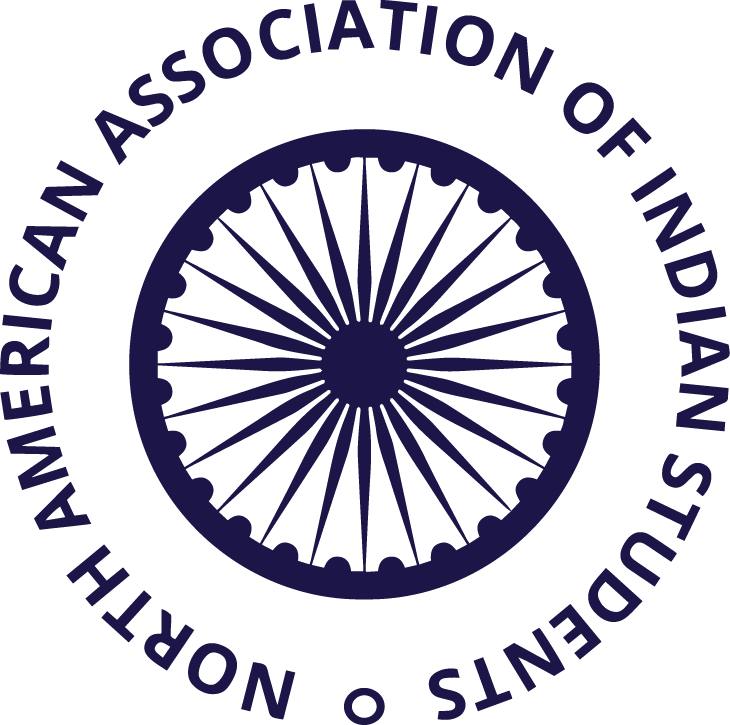From the great American dream to the great American Disappointment
Indian students are facing rising uncertainty after the promise of opportunity turned into a quagmire of chaos and confusion.
 Representative Image. / Courtesy-NAAIS/Facebook
Representative Image. / Courtesy-NAAIS/Facebook
For generations of Indian students, the "American Dream" has been more than just a dream. It has been a promise of a lived reality that, through hard work and academic excellence, a better life in the U.S. is not only possible but within reach.
A dream built on decades of immigrant hope, sacrifice, and ambition brings thousands of Indian students annually to pack their bags, board 16-hour flights, and land on U.S. campuses with nothing but a visa and a vision.
But under the Trump administration's renewed focus on tightening immigration, particularly student visa policies, that dream is beginning to look like a mirage.
Last month's policy proposals, aimed at capping student visas and adding new restrictions for Optional Practical Training (OPT), have sent a shockwave through an already anxious Indian student community. These aren't just bureaucratic tweaks; they represent a fundamental shift in how the U.S. views international students.
For Indian students, more than unfavorable policies, the erratic, fast-evolving policy landscape and associated uncertainty are paralyzing. One week, students are told that work options post-graduation may be restricted; the next, there are rumours of abrupt visa denials or added scrutiny at ports of entry. Plans are delayed, dreams are interrupted, and the aspirations of families are left in limbo. Thousands of talented students, already admitted to top U.S. universities, are being forced to reconsider whether it's worth the risk.
When an elite university like Harvard, a symbol of guaranteed success, finds itself in litigation over its ability to host international students, the impact ripples far beyond campuses. For many Indian families, admission to an Ivy League or top-tier U.S. institution is seen as the ultimate validation of years of sacrifice, often financed by life savings, education loans, and mortgaged homes. When visa rules shift abruptly and the ability to enrol is thrown into doubt, it's not just institutions and students that suffer. Still, countless families who have placed their future in a system they believed would alleviate them from a vicious cycle of hardships.
This is not an abstract policy debate. It's a personal crisis. An alarming number of students are left grappling with the possibilities of what these changes mean. Some are cleansing their social media accounts to mitigate any threat to their visa status, while others are afraid to travel home, fearing they won't be allowed back. Others are rushing to change majors, anxious about being deemed "non-essential."
If the situation couldn't be made worse, the current environment is eroding one of the most vital aspects of the student experience- safety. The U.S. has long been a destination not just for academic excellence but for the freedom to think, speak, and move around without fear. But today, many Indian students walk their campuses, uncertain of where they belong. Will they still be welcome tomorrow? Will a new rule quietly erase years of effort and investment? When policy becomes unpredictable, so does life.
The irony is striking. Indian students contribute over $7.5 billion annually to the U.S. economy, according to the U.S. Department of Commerce. They are not a drain of resources, but a constant stream of revenue. They support small college towns, lead development in STEM fields, and bring in funds vital for tuition freezes for domestic students, research, and innovation.
Yet the message immigrants are receiving now is clear: you are disposable. With added scrutiny and stringent restrictions, the line between how legal and illegal immigrants are treated is blurring quickly. This isn't just short-sighted, it is self-defeating. America has always been the land of promise and opportunity, with its greatness built on immigration, particularly in the areas of academia and science.
Every time the country makes it harder for international students to come, stay, or work, it doesn't protect American jobs or reduce the volatility of the job market, but it pushes global talent elsewhere. Canada, Australia, and the UK are already capitalizing on U.S. hesitations.
The Trump administration's latest approach not only hurts students, but it also hurts America. It undermines bilateral goodwill with India, discourages talented young minds from applying to U.S. schools, and leaves Indian families with little more than debt and disappointment.
What Indian students need now is clarity, compassion, and consistency. Immigration policy should not be a moving target. Universities must stand by their international student communities, and lawmakers must be reminded that education is not a zero-sum game. An investment in Indian students is an investment in America's future.
The article is atrributed to the North American Association of Indian Students, an American nonprofit organization that supports Indian and Indian-American students studying in the United States.
(The views and opinions expressed in this article are those of the author and do not necessarily reflect the official policy or position of India Abroad.)
ADVERTISEMENT
ADVERTISEMENT
E Paper
Video
_page-0001.jpg)

 NAAIS
NAAIS.jpg)

.jpg)
.jpg)

.jpeg)




Comments
Start the conversation
Become a member of New India Abroad to start commenting.
Sign Up Now
Already have an account? Login